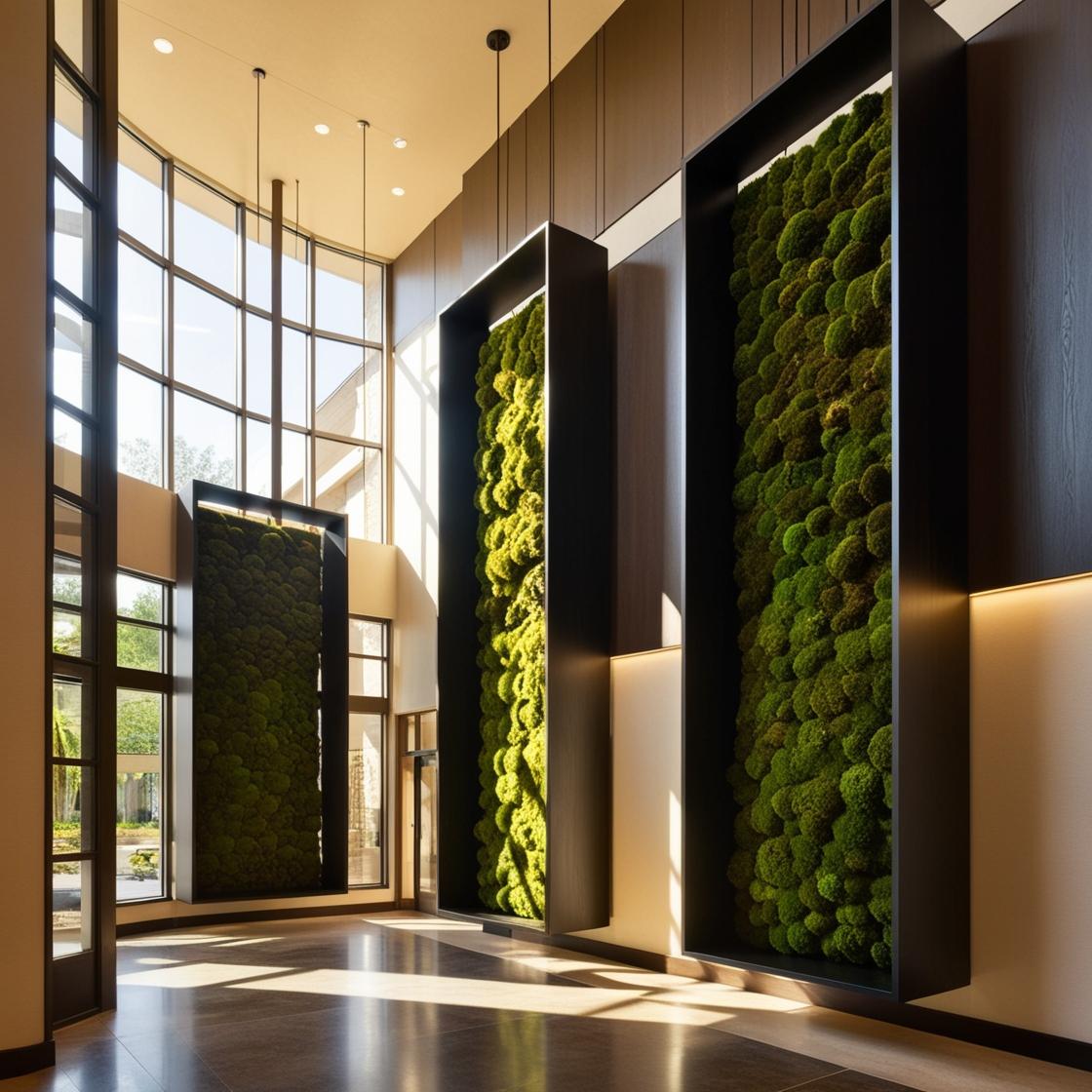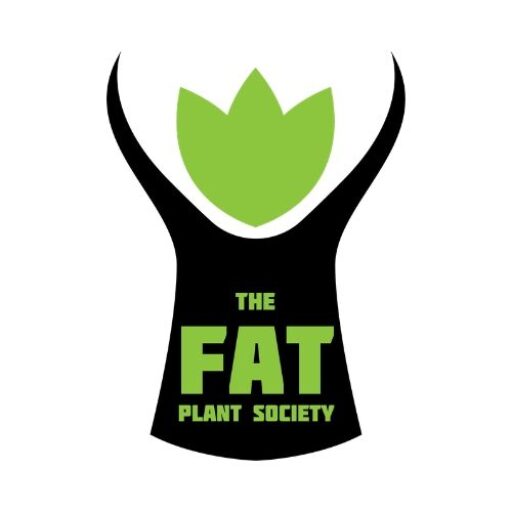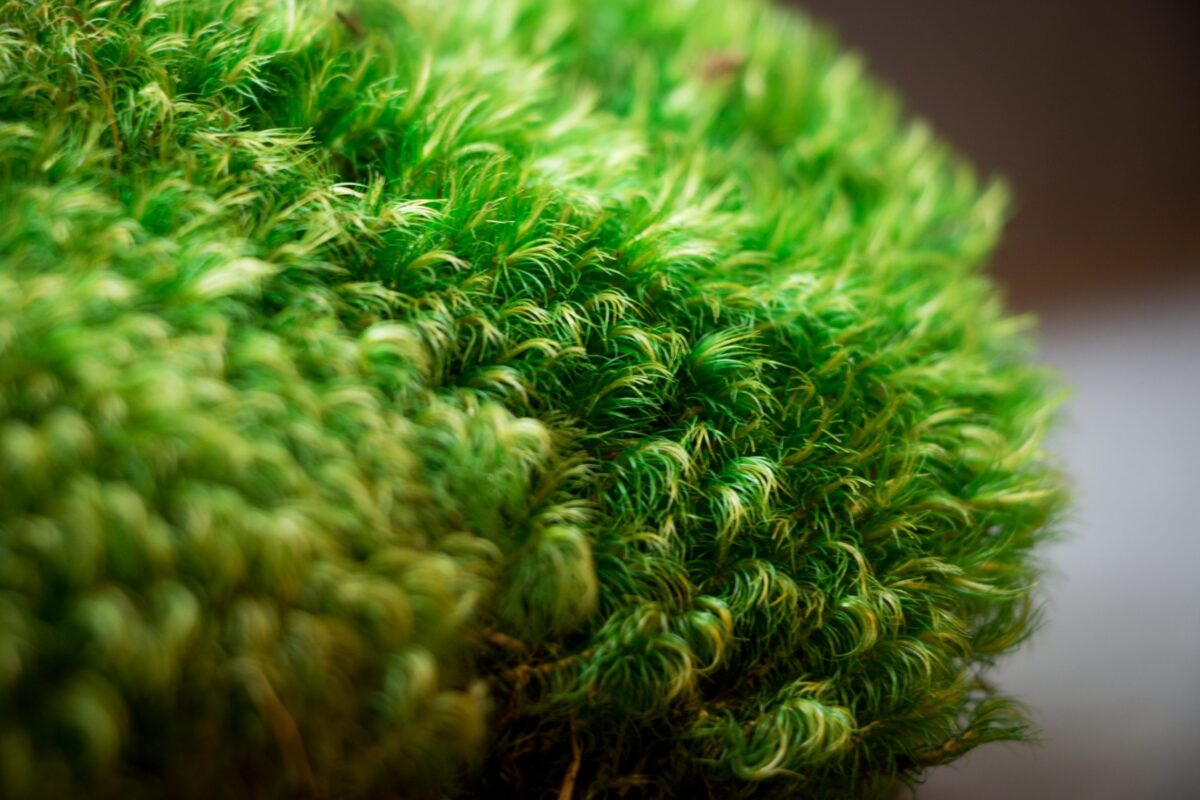At The Fat Plant Society, our work with real moss and biophilic design has offered more than aesthetic insight—it has become a continual lesson in aligning human creativity with nature’s wisdom. Over the years, our relationship with moss has reshaped how we think about design, sustainability, and even productivity.
Here are five essential lessons nature (and particularly moss) has taught us about design, resources, and resilience–

Photo by @peaceonelovephoto
1. Quality Is More Important Than Quantity
In both design and business, the pursuit of “more” can be misleading. Moss reminds us that restraint often creates the most impactful beauty. A single, well-placed moss wall or installation can bring more peace, acoustic balance, and visual connection to nature than a dozen lesser-quality elements. Our work prioritizes craftsmanship, composition, and integrity of materials—ensuring that what we deliver is lasting and meaningful.
2. Adhere to the Design of Nature Whenever Possible
Nature has spent billions of years perfecting its systems. When we echo its rhythms, palettes, and organic forms, the results are inherently calming and intuitive. We’ve found that designing with nature—rather than imposing upon it—yields not only more beautiful results, but also healthier spaces and designs that stand the test of time. Biophilic design isn’t a trend; it’s a philosophy that continually validates itself.

3. Nature (and Natural Beings) Have Limits
Real moss is a finite, slow-growing resource. Harvesting must be done carefully, with respect for ecological balance and long-term viability. Similarly, humans have natural rhythms and thresholds. Just as moss needs time to regenerate, so do we. Honoring limits—whether of ecosystems or individuals—is critical to both sustainable design and sustainable business.
4. Outcomes Are More Important Than Outputs
A high volume of projects means little if the results don’t serve a deeper purpose. The most impactful work we do is evaluated not by how much we produce, but by how those pieces transform a space and how they make people feel. Whether reducing stress, improving acoustics, or creating visual rest, real moss design delivers meaningful results that last.
5. Human-Centric and Nature-Centric Approaches Work Best
The intersection of human needs and ecological health is where true innovation occurs. We design not only for aesthetics, but for well-being—both environmental and personal. Our projects succeed when they serve both people and the planet, enhancing health, productivity, and environmental stewardship.

Rooted in Nature, Growing Together
Beyond these core lessons, nature has offered other guiding principles that shape how we operate. We are reminded to leverage our individual strengths the way ecosystems do—each element contributing its best to the whole. We are inspired to support others in the design community and our own team, just as plants in a forest network share resources through symbiotic relationships. Nature also models clear, consistent communication—from signaling pollinators to warning of danger—and it never stops adapting or evolving. In this, we see a model for lifelong learning.

As The Fat Plant Society grows, we remain committed to working in harmony with natural principles. Nature is not just a source of material or inspiration—it’s a blueprint for how to design, collaborate, and live more thoughtfully. And we’re proud to carry those lessons forward in every moss wall we build, every client we serve, and every space we help bring to life.

